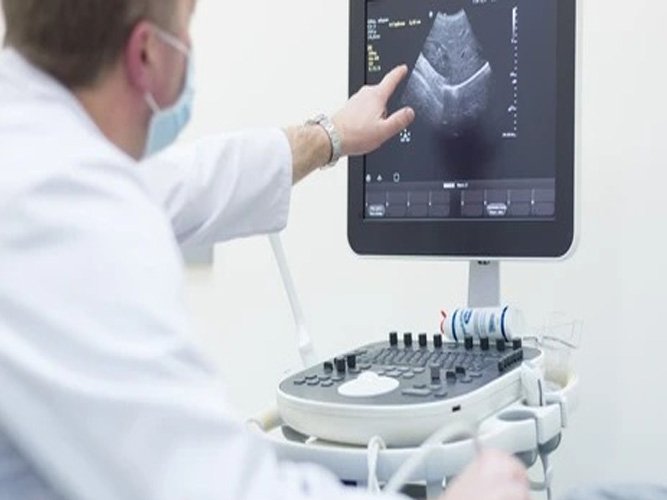
X-ray
Digital X-ray or Radiograph is the basic diagnostic modality with multiple uses. It is used to rule out fractures in trauma, infections or heart enlargement in the chest, intestinal obstruction or kidney calculi in the abdomen etc., Special contrast studies are also done in X ray for varied purposes. X-rays are an important diagnostic tool that can provide valuable information about the structure and function of the body. X-rays can be used to detect a wide range of conditions, from fractures and dislocations to infections and tumours. It can also be used to evaluate the health of bones, joints, and other tissues. In addition, it can be used to detect foreign objects in the body, such as swallowed coins or bullets. X-rays are generally safe and have few side effects. However, pregnant women and young children should avoid X-rays unless they are absolutely necessary.
X-ray procedure:
The procedure is simple and quick and usually does not require any special preparation. The patient will be asked to remove any jewellery or other metal objects that may interfere with the X-ray, and then lie down on the table. The X-ray machine will be positioned over the area of the body being imaged, and the radiologist will take one or more images, which will later be interpreted by a physician to make a diagnosis.
Things to consider before taking an X ray:
X-rays are a vital tool in diagnosing and treating many medical conditions. However, there are some things that you should do before taking an X-ray. First, it is important to remove any metallic objects from your body. This includes jewellery, coins, belts, and hairpins. Second, you should remove any clothing that contains metal threads or buttons. Third, you should inform the technician if you are pregnant or think you may be pregnant. Fourth, you should also inform the technician of any medical conditions that you have. Finally, you should drink plenty of water before the procedure to help ensure that your kidneys are functioning properly. By following these simple steps, you can help to ensure that your X-ray is safe and effective.
